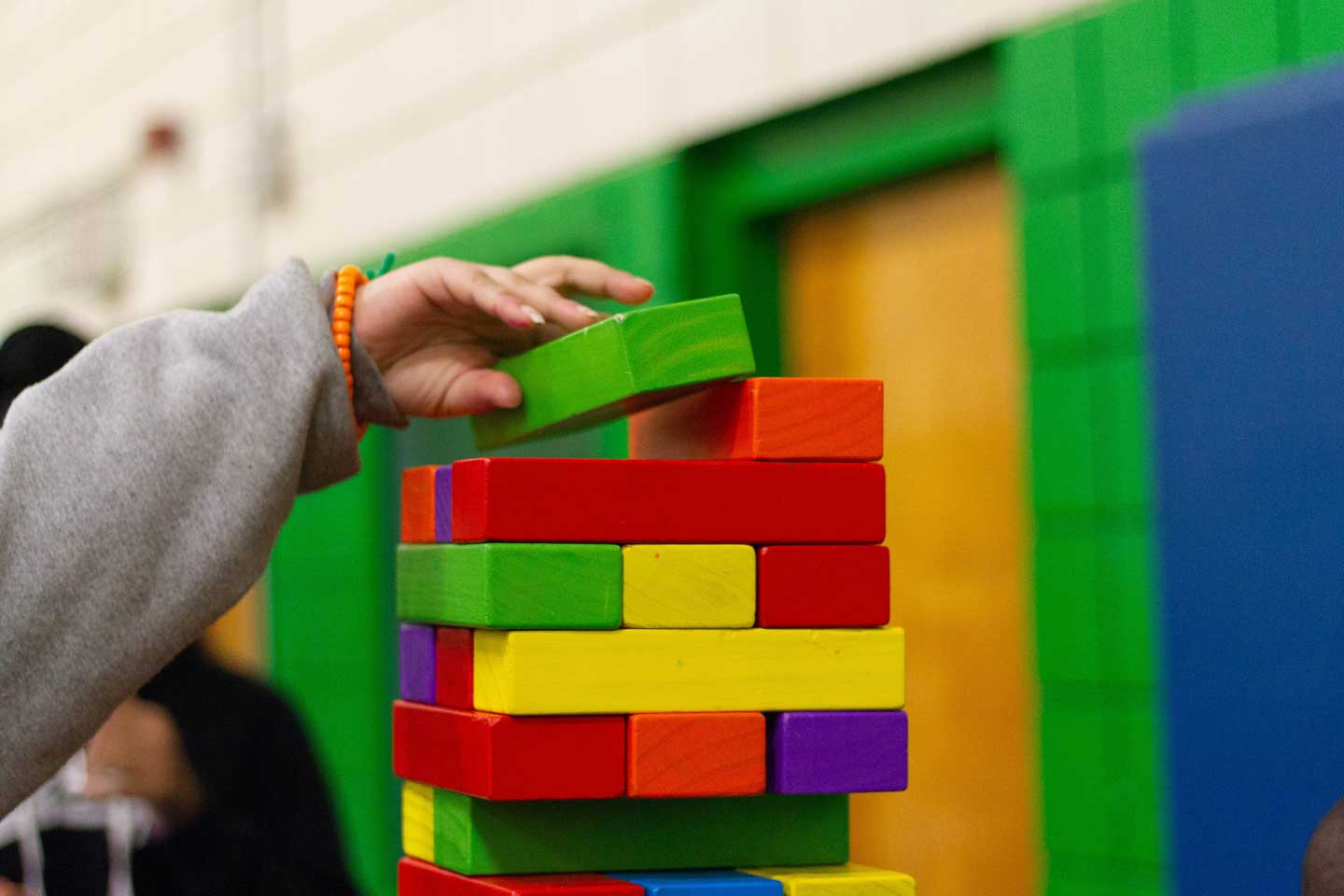What is Autism?
What is Autism?
Autism spectrum disorder (ASD), more commonly referred to as Autism includes a broad range of conditions characterized by difficulties with social interactions, repetitive behaviors, speech and nonverbal communication.
In 2023 the Centers for Disease Control reported that autism effects approximately 1 in 36 children in the US. Boys are four times more likely to be diagnosed with autism than girls.
If autism is detected early, research suggests that therapy can provide the potential for a better, happier life. If age related goals and behaviors are engrained at a young age, quality of life can be improved for the patient and caregivers alike.
Autism effects approximately
1
in
children
Autism effects approximately
1
in
children
What Causes Autism?
While it is not certain, recent research has indicated that genetics play a role in most cases. It is likely that environmental factors also play a role.
Genetics
Environmental Factors
What are the Signs of Autism?
Signs of autism are usually seen by age 2 or 3. While the listed signs are most common, it is important to remember that each child and case is different. That is why it is important to receive professional evaluation. Research shows that early intervention and treatment leads to positive and lasting outcomes for children with autism.
Difficulty with verbal and non-verbal communication
Lack of spoken language
Tendency not to change tone of voice
Tendency not to make or keep eye contact
Tendency not to use facial expressions
Difficulty with social challenges
Difficulty recognizing emotions or intentions in other people
Difficulty expressing or recognizing one’s own emotions
Difficulty interpreting appropriate personal space
Tendency to feel overwhelmed in social scenarios
Restricted and repetitive behaviors
Repeated body movements such as rocking, flapping, spinning, etc.
Repeated motions with objects such as spinning or shaking
Tendency to stare at lights or objects that are moving
Need for consistent routine or large resistance to change
What Should I Do if I Suspect My Child May Have Autism?
Research suggests early diagnoses and therapy are key in providing an autistic child and their caregivers with the best quality of life. Our mission at Belay On is to help provide support for you and your child along the way.
However, we cannot make a diagnosis. We recommend reaching out to your general practitioner or family doctor as step one. Make notes of the behaviors your child is displaying and share those with your doctor. They will be able to point you towards the next step in diagnosis.
Once your child is diagnosed, please contact us to learn how we can help.
Document your child's behavior
Make notes of what you have noticed about your child to share with your doctor.
Discuss with your doctor
Share your observations and any concerns with your family doctor.
Contact Belay On
Once your child is diagnosed, contact us to learn how we can help.
Studies suggest that early diagnosis and emersion in ABA treatment leads to improvement in important developmental areas such as communication, attention, and social skills.

